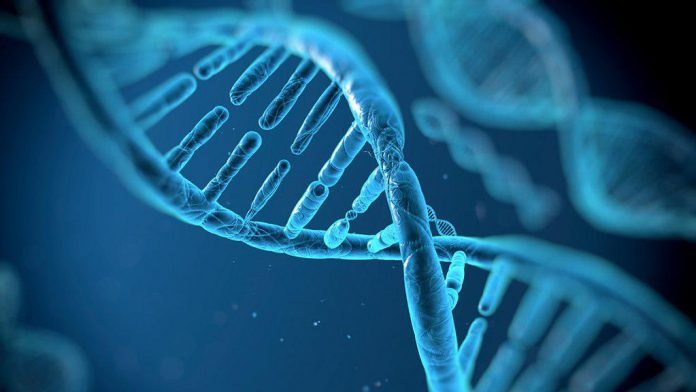Thursday 11 January 2018 - 14:25
Story Code : 289615
Iran collects genetic data of people from 8 races
Hossein Najmabadi, the director of the Centre for Genetic Research of the University of Rehabilitation Sciences, says 800 people belonging to 8 Iranian races were sequenced in the Iranome project.
�The findings of the project can be effective in preventing, diagnosing and treating genetic diseases. Moreover, we, in this project, managed to report worldwide 200 new genes which cause mental retardation,� said the top researcher, as quoted by the Persian-language Ettelaat newspaper.
He said the quite modern next-generation sequencing (NGS) technology has been around in developed countries for the past eight years. He said the technology is used to diagnose genetic diseases.
�Since then, the Centre for Genetic Research of the University of Rehabilitation Sciences has, as a leading centre in the country, used this method (the NGS technology) in most of its projects,� he noted.
He said the findings of the research were published in the Nature magazine in 2011.
�In addition to that, dozens of prestigious articles were published about the application of the technology in identifying the genetic reasons behind mental retardation, deafness, muscular diseases and other genetic illnesses,� the senior researcher said.
According to the data released by Iran�s Vice-Presidency for Science and Technology, the Islamic Republic�s share in scientific publications worldwide has been growing over the past two decades, from 0.07 percent in 1996 to 1.5 percent in 2015.
Likewise, its share in total regional scientific publications increased from 3.5 percent in 1996 to 28.6 percent in 2015. Joint publications by Iranian authors and foreign collaborators accounted for around 19.8 percent.
The Iranian government says a major reason for these improvements is the increasing importance given to scientific publications, research, promotion of university professors through awarding grants to them, and granting awards to the graduate students and pursuing their admissions to accredited universities.
# Tags











